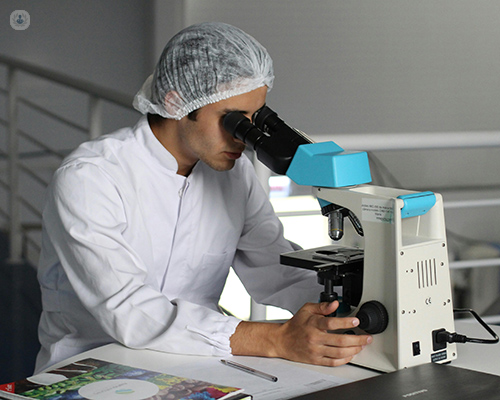Stool culture
What is being analysed?
Stool culture is a diagnostic test that examines a sample of stool for the presence of disease-causing bacteria, viruses, parasites, or fungi. It helps identify the specific microorganisms responsible for gastrointestinal infections.

What is it used to diagnose?
Stool culture is used to diagnose infections such as bacterial gastroenteritis, salmonella, shigellosis, and Clostridium difficile colitis. It helps healthcare providers determine the most appropriate treatment for patients experiencing symptoms like diarrhoea, abdominal pain, fever, and bloody stools.
Why perform the analysis?
The analysis is crucial for accurate diagnosis and effective treatment of gastrointestinal infections. Identifying the causative microorganism guides healthcare providers in prescribing appropriate antibiotics or antiparasitic medications, reducing the risk of complications and improving patient outcomes.
When should the analysis be done?
Stool culture is typically recommended when a patient presents with symptoms of gastrointestinal infection, such as persistent diarrhoea, vomiting, fever, or abdominal cramps. It may also be performed during outbreaks of foodborne illnesses or suspected cases of healthcare-associated infections.
What sample is required?
A fresh stool sample is required for stool culture. It should be collected in a clean, dry container and submitted to the laboratory as soon as possible to maintain the viability of microorganisms.
Is any prior preparation necessary?
Prior to collecting the stool sample, patients should avoid taking antibiotics or antidiarrheal medications, as these may interfere with the test results. It's important to follow any specific instructions provided by healthcare providers or laboratory staff.
What are the normal values?
Normal values for stool culture indicate the absence of pathogenic microorganisms or the presence of non-pathogenic flora commonly found in the gastrointestinal tract.